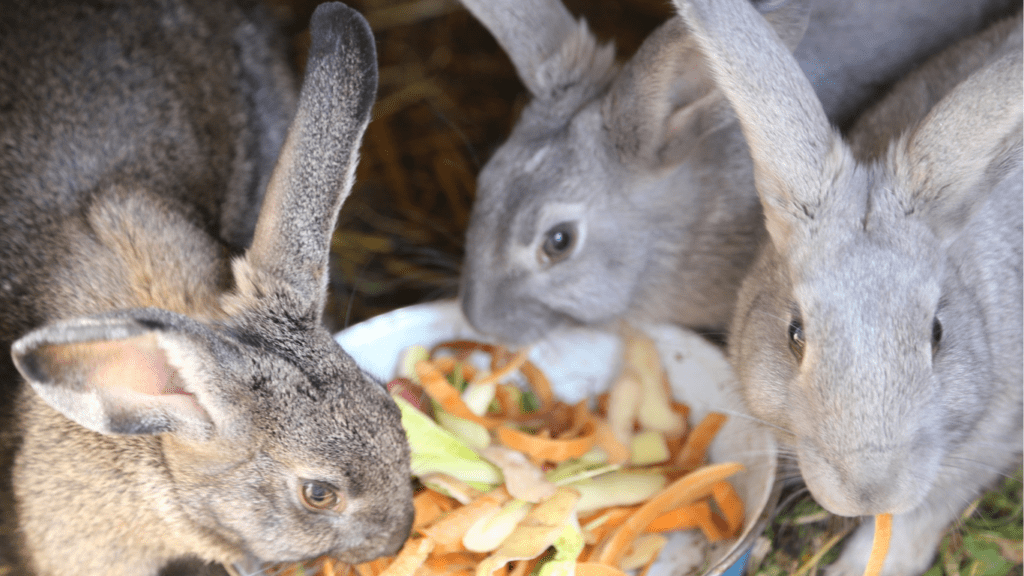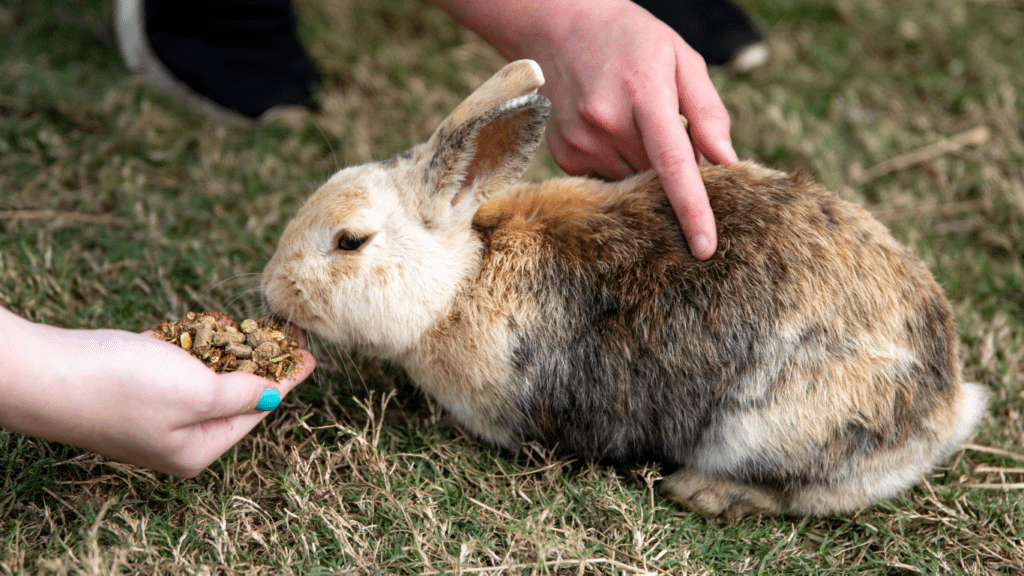Assessing Your Pet’s Current Diet
Understanding your pet’s current diet is essential before making any changes. Knowing what they’re currently consuming helps guide the transition process.
Identify Nutritional Needs
Pets require specific nutrients for their health. To identify your pet’s nutritional needs, consider their age, breed, size, and activity level. Puppies and kittens, for example, need more protein and fats than adult pets.
Consult your veterinarian for a nutritional assessment, as they can provide tailored recommendations based on your pet’s specific requirements.
Evaluate Current Food Quality
Assess the quality of your pet’s current food by examining the ingredient list. Look for high-quality, named protein sources like “chicken” or “beef” at the top of the list.
Avoid foods with generic terms like “meat by-products” or fillers like corn and wheat. Check for artificial additives, preservatives, and fillers. High-quality pet foods typically contain whole ingredients and have minimal additives.
Reading reviews and choosing brands known for their quality standards can also help determine if the current food meets your pet’s nutritional needs.
Understanding these aspects ensures a smoother transition when introducing new food to your pet’s diet.
Understanding the Need for a Diet Change
Switching your pet’s diet can be essential for their health and happiness. Some reasons for diet changes include resolving health issues or enhancing overall nutrition.
Health Issues and Dietary Solutions
Diet impacts many health conditions in pets. For example, allergies may stem from certain ingredients. Switching to hypoallergenic food reduces symptoms.
Pets with kidney disease benefit from a low-protein diet, while those with diabetes thrive on high-fiber, low-carb foods. Always consult a vet when adjusting diets for medical conditions.
Improvements from New Diet Options
New diet options provide enhanced nutrients and better ingredient quality. For example, grain-free foods help pets with grain allergies.
Diets rich in omega-3 fatty acids improve coat condition and reduce inflammation. High-quality protein sources support muscle maintenance. Enhanced nutrient profiles foster overall well-being and help prevent future health problems.
Planning the Diet Transition
A well-planned diet transition supports your pet’s health and minimizes digestive issues or stress. The following steps guide you in choosing the right food and creating a transition schedule.
Choosing the Right Food
- Choose food that matches your pet’s specific dietary needs.
- Consider age, activity level, and any existing health issues.
- Look for high-quality options with named protein sources (e.g., chicken, beef) and minimal additives or fillers.
- Check labels for balanced nutrition, including essential vitamins and minerals.
- Consult a veterinarian for recommendations tailored to your pet’s unique requirements.
Creating a Transition Schedule
Create a gradual transition schedule over 7-10 days. Start by mixing 25% of the new food with 75% of the current food. Slowly increase the new food amount while decreasing the current food every 2-3 days.
Monitor your pet’s reactions, such as:
- stool consistency
- energy levels
Adjust the schedule if any adverse reactions occur, extending the transition period if needed.
Implementing these methods ensures that your pet’s transition to a new diet is smooth and successful, promoting long-term health and happiness.
Implementing the New Diet

Introducing a new diet requires careful steps to ensure your pet’s health and happiness.
Introducing New Foods Gradually
Gradually mixing the new food with the old food over a 7-10 day period eases the transition. Begin by replacing 10-20% of the old food with the new food on the first day.
Increase the proportion of the new food by 10-20% every 2-3 days. This ensures that your pet’s digestive system adjusts without issues. For sensitive pets, extend the transition period to 14 days.
Monitoring Your Pet’s Reaction
Observe your pet closely for any signs of discomfort or digestive issues. Common indicators include vomiting, diarrhea, or loss of appetite.
Adjust the transition schedule if problems arise; revert to the previous step where your pet felt comfortable. Record your pet’s behavior and physical condition throughout the transition. If adverse reactions persist, consult your veterinarian promptly.
Maintaining the New Diet
Maintaining your pet’s new diet involves vigilance and adaptability. Regular monitoring and adjustments ensure nutritional needs continue to be met.
Adjusting Portions and Frequency
I monitor my pet’s weight and energy levels to determine if portion sizes need tweaking. For example, if my dog seems lethargic, I might increase the food slightly to see if energy improves. Conversely, if weight gain occurs, I reduce portions a bit.
I also revisit feeding frequency. Puppies and kittens, for instance, often thrive on multiple small meals per day, while adult pets sometimes do better with fewer, larger meals. Adjusting feeding times and amounts helps maintain ideal weight and overall health.
Long-Term Health Monitoring
I keep an eye on changes in my pet’s coat, stool, and behavior as these often indicate dietary impacts. For example, a shiny coat and consistent stool usually signal a well-balanced diet. If I notice issues like diarrhea or dull fur, adjustments or veterinary consultations may be necessary.
Regular vet visits to assess overall health and blood work to monitor internal response to the diet changes are critical. These steps help catch potential problems early and allow for dietary modifications as my pet ages or if health issues arise.


